Colorimetry in fashion is a useful tool to determine which colors stand out best on a person based on their skin tone, eyes and hair. The "Winter" season is one of the four chromatic seasons in the personal colorimetry classification, and is characterized by having cold and deep tones. Below, I will provide you with a brief introduction to Winter colorimetry and some tips on the shades that people who belong to this palette tend to favor. The Winter season is characterized by having a palette of cold and vivid colors that complement the skin and hair tones of the people who belong to this category. Common characteristics of people with a Winter undertone include pale or light skin with pink or bluish undertones, intense eyes in cool tones such as deep blues, grays, or cool greens, and hair that can be dark, black, ash blonde, or cool brown.
What is winter colorimetry?
The "Winter" season in colorimetry is characterized by having a palette of cold and vibrant colors that complement the characteristics of the people who belong to this category. These people typically have a fresh, sharp appearance with paler or lighter skin tones, pink or bluish undertones, intense eyes in cool tones such as deep blues, grays, or cool greens, and hair that can be dark, black, ash blonde, or brown. cold.
The main idea behind Winter colorimetry is to select colors that harmonize with these natural characteristics, highlighting individual beauty and creating a favorable contrast. Colors like navy blue, emerald green, deep purple, bright white and black are commonly recommended for people of the Winter palette. On the other hand, it is suggested to avoid warm tones, such as golden yellows or peaches, as they can create a less flattering contrast.
How to know if your colorimetry is winter? Characteristics
Determining your colorimetry, including whether you are from the "Winter" season, generally involves evaluating certain characteristics of your natural appearance, such as skin tone, eye color, and hair tone. Here are some common characteristics associated with the Winter season:
-
Skin Tone: Pale or Light Skin: People in the Winter palette tend to have a pale or light skin tone.
-
Cool Undertones: You may notice pink or bluish undertones in your skin instead of warm tones.
-
Eye Color: Intense eyes: The eyes are usually intense and can be deep blue, gray, cold green or even black.
-
Hair Color: Dark hair: Many people of the Winter season have dark, black or cold brown hair. Ash Blonde Hair: If you're blonde, you may have cooler tones, like ash blonde .
Cold or warm winter colorimetry, how to determine it?
Marked Contrast
People with the Winter palette usually have a high contrast between the color of their skin, eyes and hair.
Reaction to Colors, You Are Favored by Cold Colors
Cool, vibrant colors, such as deep blues, emerald greens, and deep purples, tend to flatter you and enhance your appearance.
If you want to know how to combine green and its range , click the link.
Avoid Warm Tones
Warm colors, such as golden yellows, peaches, and warm beiges, can make your skin look dull.
Jewelry and Metals
People with the Winter palette usually look good with silver-toned jewelry.
Colors that favor winter colorimetry
“Winter” season people generally look best in cool, vibrant colors that complement their natural features. Here is a list of colors that usually favor Winter colorimetry:
Navy blue
Deep and elegant, navy blue is a classic color that especially highlights blue and gray eyes.
Emerald Green
An intense green that can highlight the freshness of the Winter palette.
Deep purple
Rich shades of purple, such as plum or burgundy, can enhance the depth of the Winter palette.
Bright white
Pure, bright white can brighten pale skin and create a beautiful contrast.
Black
A timeless color that often looks very flattering on people of the Winter palette. Read the article: Colors that combine with black for your clothes
Grey
Shades of gray, especially cool grays, are neutrals that suit this season well.
Silver
Jewelry and silver details can complement the freshness of the Winter palette.
Turquoise
A vibrant shade of turquoise can be a great choice for highlighting.
Cold Pink
Cool shades of pink, such as fuchsia, can be flattering on lips or clothing.
Ice blue
A soft, cool shade of blue that can be lovely on a variety of clothing items. If you are someone interested in recycled clothing , I recommend that you click on the link.
Avoid warm, muted tones like golden yellows, deep oranges, and warm browns, as they can make your Winter palette look dull rather than stand out.
Tips for using winter colorimetry
Identify your Station
Make sure your colorimetry really is Winter. If in doubt, consider seeking the help of a colorimetry professional for a more accurate evaluation.
Basic Colors in the Wardrobe
Include basic colors like navy blue, bright white, black and gray in your wardrobe. These colors are versatile and form a solid base.
Experiment with Vibrant Colors
Don't be afraid to experiment with vibrant, saturated colors like emerald green, deep purple, and ice blue. These shades can highlight your appearance in a surprising way.
Silver Jewelry and Accessories
Opt for jewelry and accessories in silver tones, as they complement the freshness of the Winter palette.
Avoid Warm Tones
Be cautious with warm tones, such as golden yellows, deep oranges, and warm browns. These colors may create a less flattering contrast to the Winter palette.
Appropriate Makeup
For makeup, choose eyeshadows in cool tones such as blues or deep purples, and lipsticks in vibrant colors such as deep reds or fuchsias.
Well Dosed Contrast
Play with contrast in your wardrobe. You can achieve this by combining light and dark colors, but make sure there is a balance so as not to create too much contrast.
Complementary colors
Consider combining complementary colors within the Winter palette. For example, combine a navy blue top with white pants for a fresh and elegant office look .
Prints and Textures
Experiment with prints and textures, but make sure they are in harmony with your color palette. Prints in black and white or cool tones can be excellent options.
What colors should you avoid if you are winter colorimetry?
Golden Yellows
Golden yellow tones can make people's skin in the Winter palette look dull instead of highlighted.
Intense Oranges
Vibrant, warm oranges tend to create a less flattering contrast on people with cool skin tones and eyes.
Warm Browns
Avoid warm browns, especially those with reddish undertones. Opt for cooler tones like dark chocolate.
Warm Beige
Shades of beige with warm undertones may not complement the freshness of the Winter palette well.
Red brick
This shade of red with a warm, earthy undertone may not be the best choice for the Winter palette.
Warm Pastel Tones
Avoid pastel colors with warm undertones, such as peach or pale yellow.
Olive Greens
Although green is a color that can work well in the Winter palette, olive tones can be too dull and warm.
Muted Earth Tones
Earthy colors such as beige, light brown and terracotta may not highlight your features optimally
Looks to stand out with winter colorimetry
Standing out in winter is a simple task if you know how to combine clothes. To do this, I recommend that you go to the sustainable clothing store and take a look at their articles, they will help you a lot. Furthermore, if you enter the sustainable women's clothing category you will see that there are different clothing options in tones, fabrics and styles, such as the comfy style .
Lilac Irene sweater from Clotsy Brands
Top everywhere black by Clotsy Brands
Clotsy Brands green short sleeve t-shirt

Pack x2 Top Everywhere by Clotsy Brands
Selfcare Lilac Pajamas from Clotsy Brands
Famous with winter colorimetry

Anne Hathaway

Monica Bellucci

Amal Clooney
Conclusion
In conclusion, Winter colorimetry is a useful guide for selecting colors that complement and enhance the natural characteristics of those people who belong to this palette. People of the Winter season usually look best with cold, vibrant and deep colors that highlight their pale or light skin tone, intense eyes and dark hair. By following the advice of Winter colorimetry, such as opting for colors such as navy blue, emerald green, deep purple, bright white and black, as well as avoiding warm, muted tones, you can create outfits that harmonize favorably with your appearance. Remember that these are general guidelines and not strict rules. Fashion is a form of personal expression, and the most important thing is that you feel comfortable and confident in your choice of colors and styles of clothing . Have fun exploring your color palette and showing off your natural beauty with confidence!
Keep reading: Color blocking in fashion

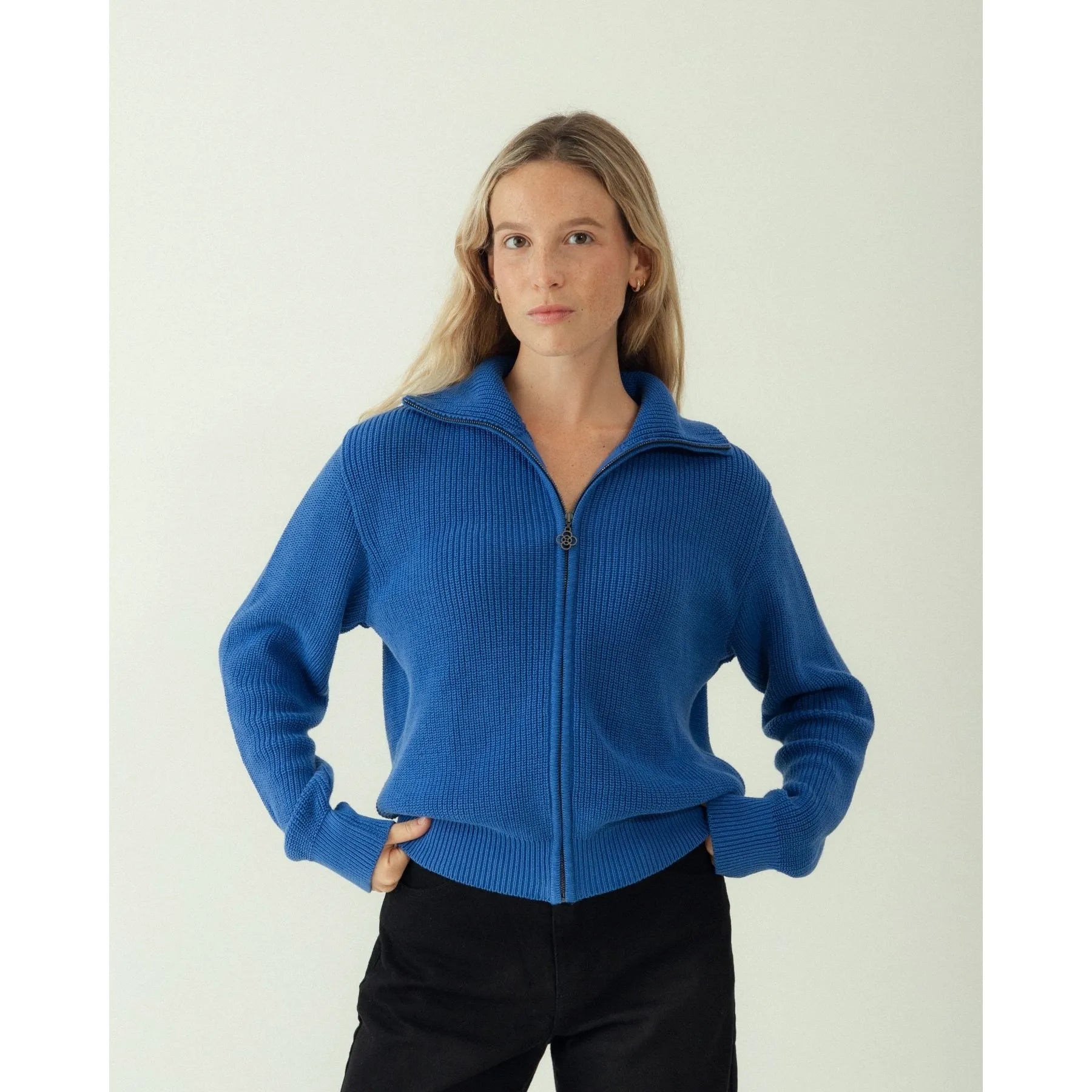
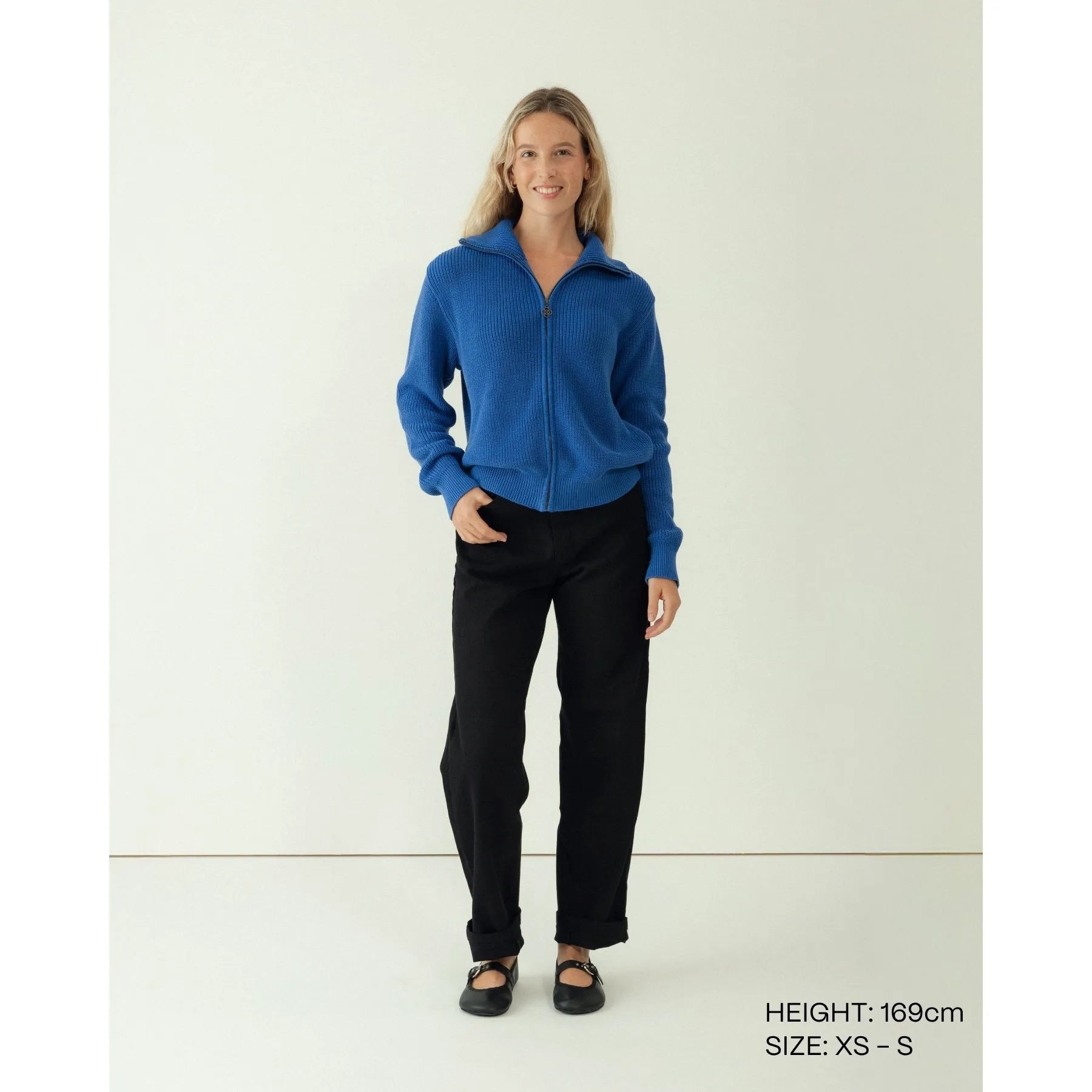
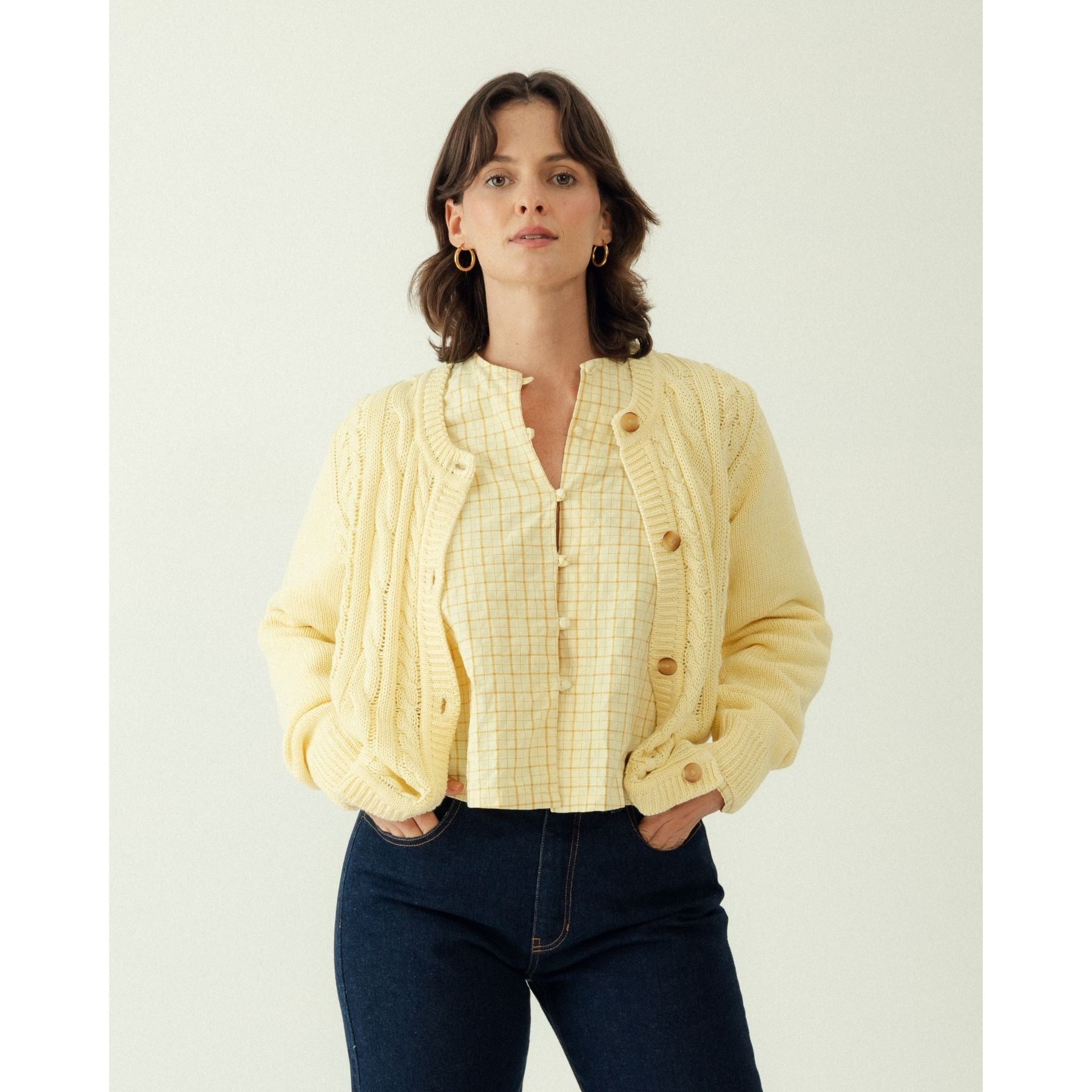
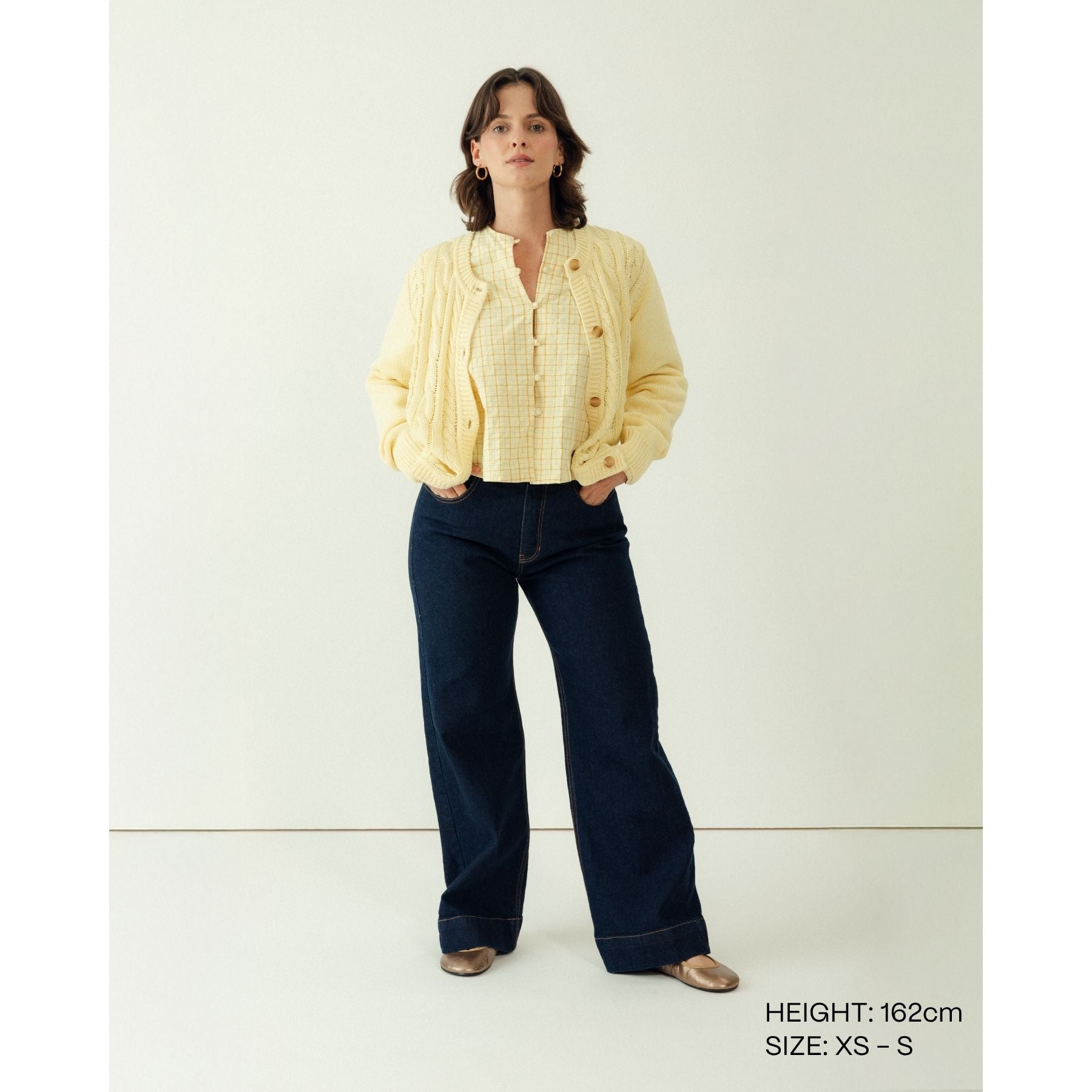
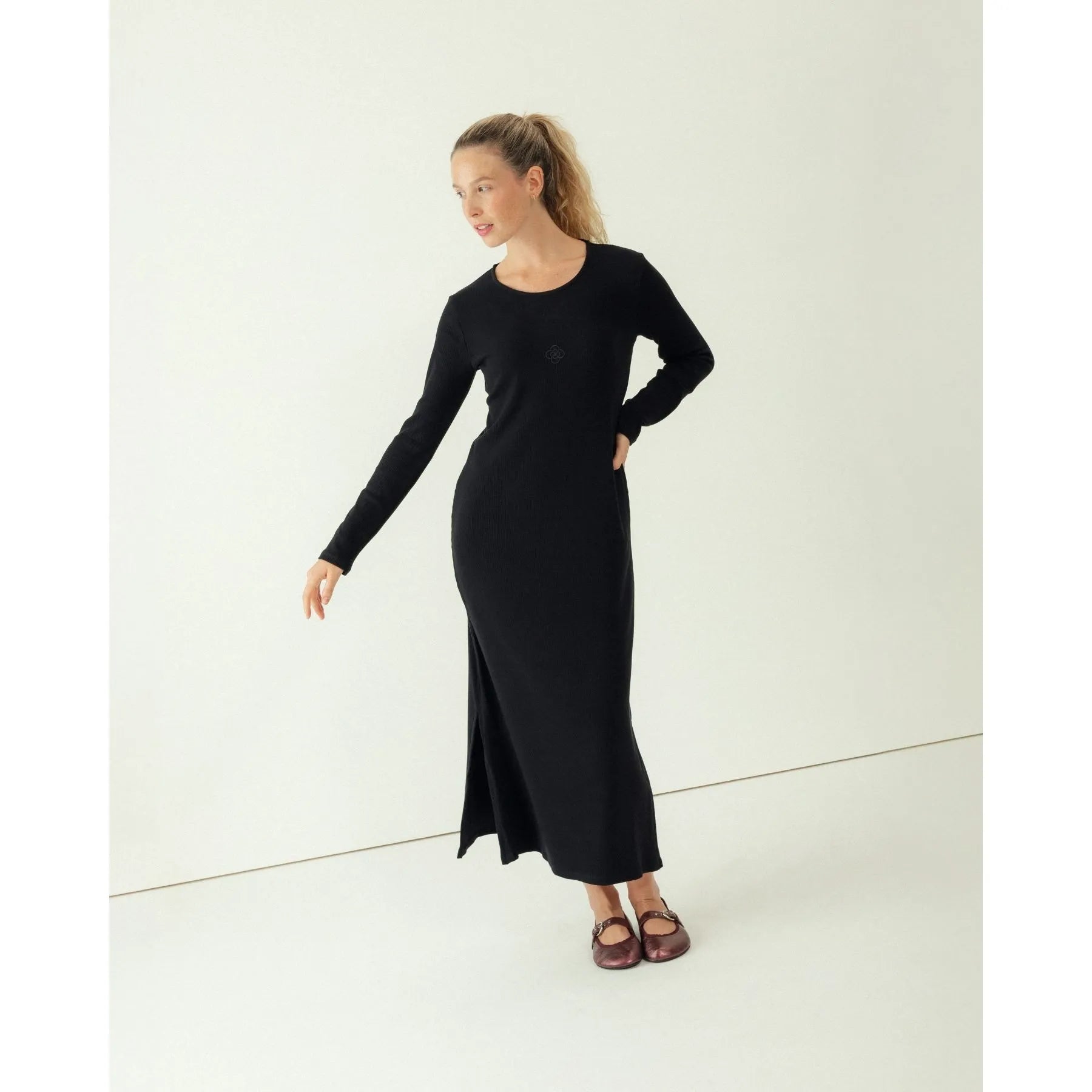
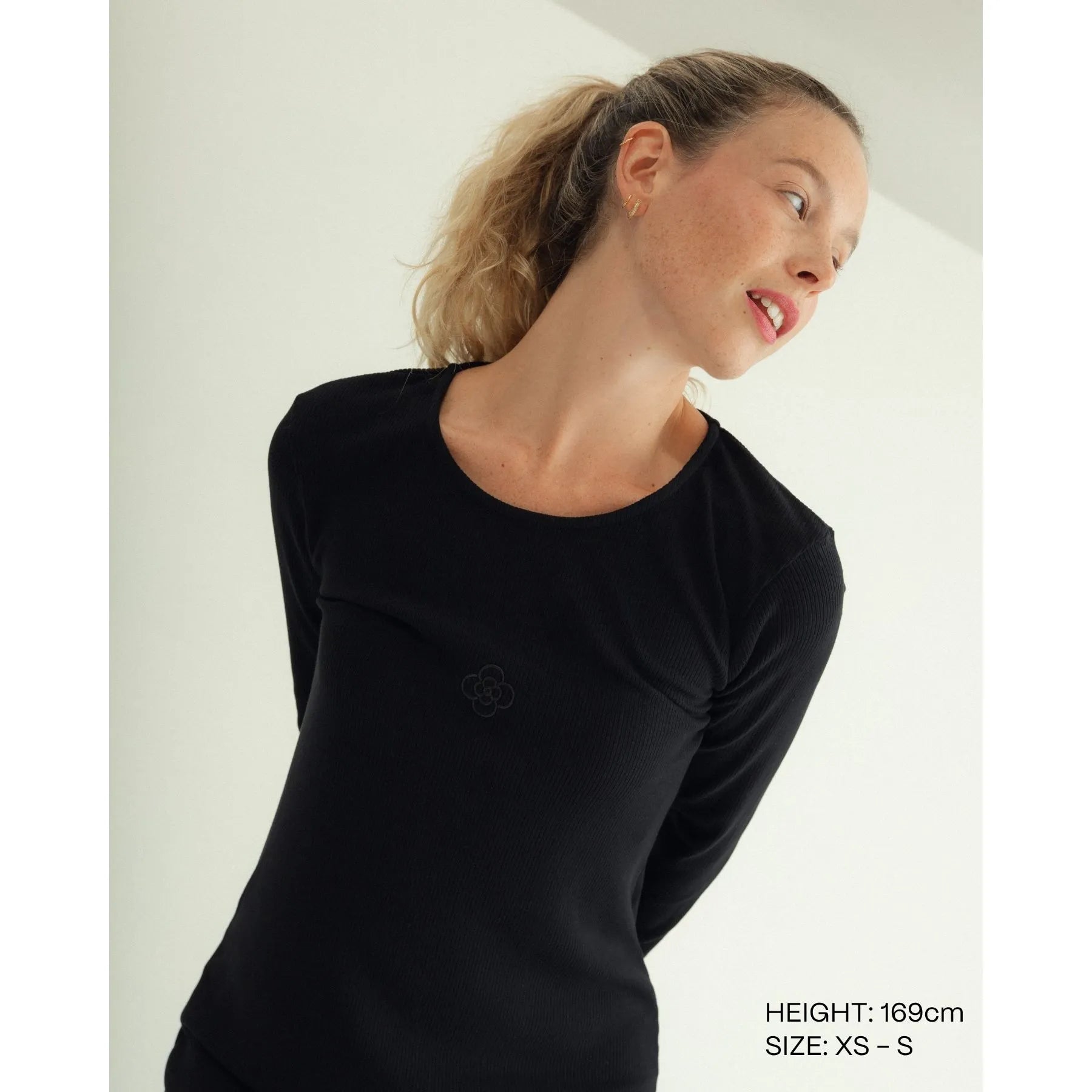

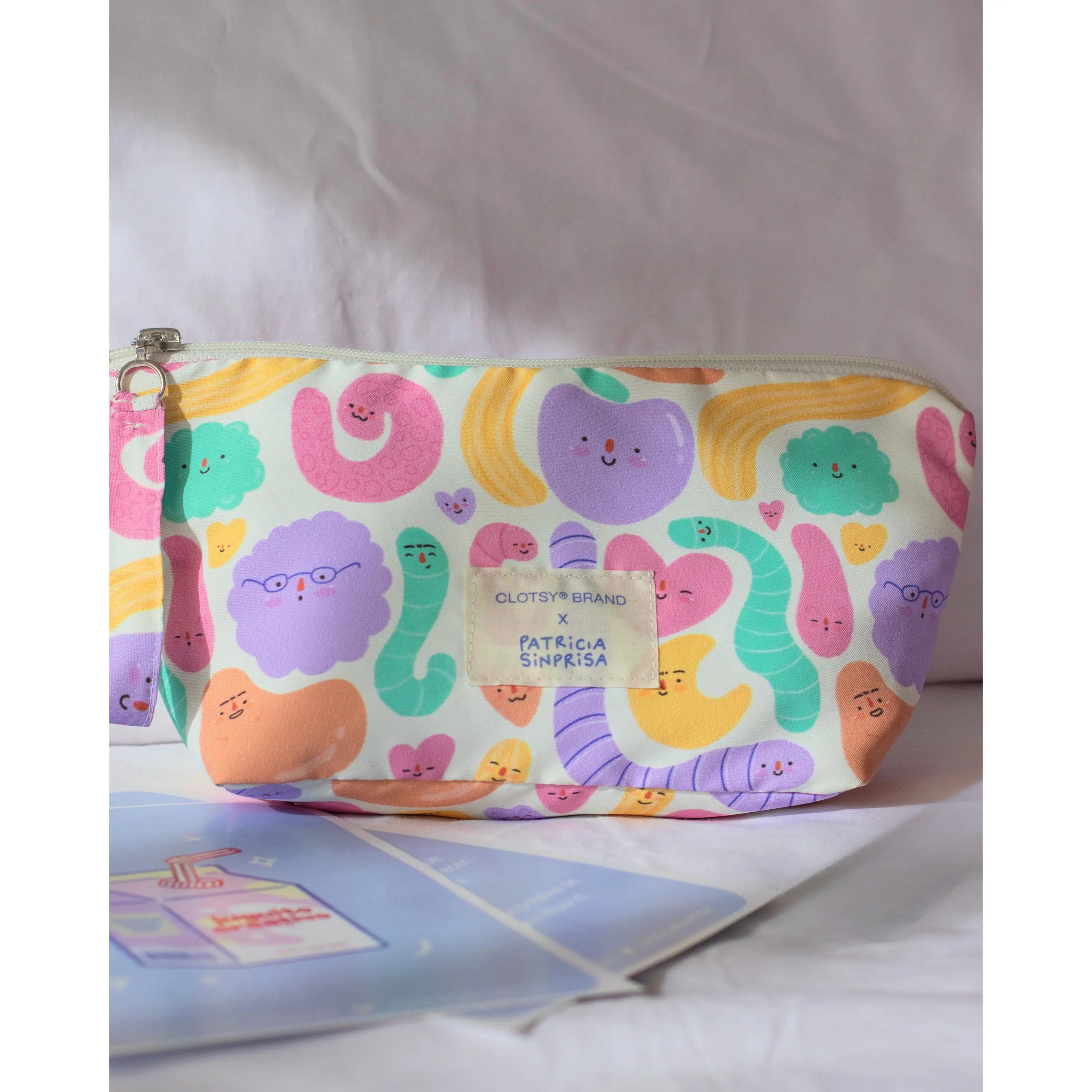




Leave a comment